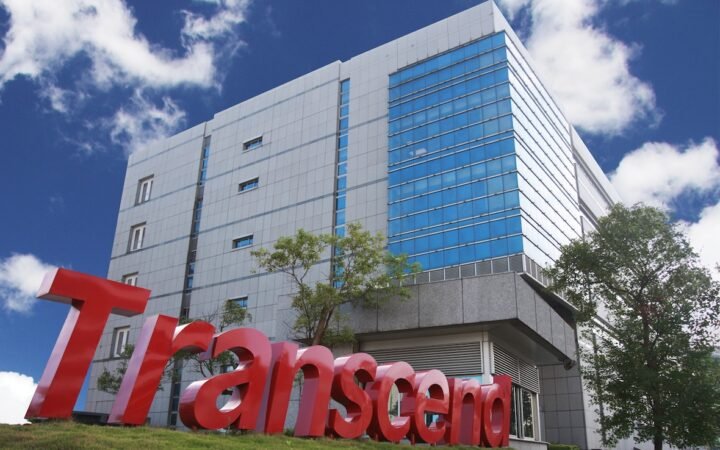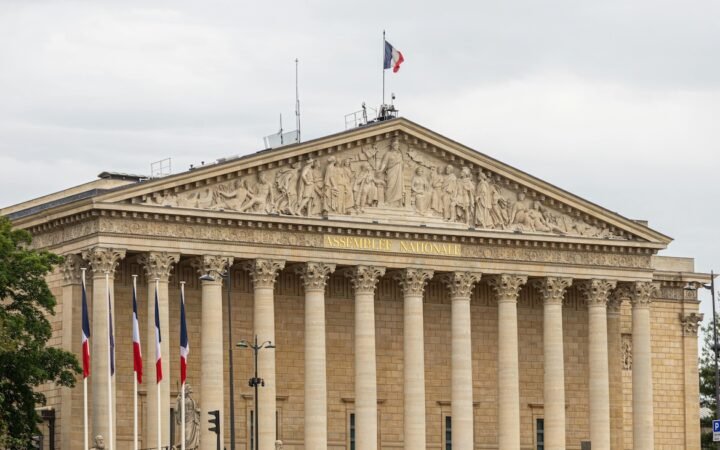
Barry Silbert, founder of Digital Currency Group (DCG), is making a high-stakes return to crypto infrastructure with the launch of Yuma Asset Management. The new firm is capitalized with a $10 million seed investment from DCG and aims to channel institutional dollars into AI-crypto networks, especially Bittensor subnet tokens.
Barry Silbert – once among the most influential crypto investors – positions Yuma as a bridge between opaque AI innovation and structured institutional capital deployment.
Strategy, Structure & Vision
Yuma’s mandate centers on investing in protocols built on Bittensor, a decentralized AI network where participants run subnet models in exchange for token rewards. The asset manager will deploy capital across those subnet tokens via fund vehicles designed for accredited and institutional investors.
The firm plans two flagship strategies: one aiming for broad exposure across active subnets, another targeting the largest subnet tokens by market capitalization. The structure seeks to make exposure to decentralized AI accessible without requiring deep technical or on-chain know-how.
Silbert frames subnet tokens as an emergent asset class – akin to early crypto – designed to reward AI contribution and infrastructure innovation. His prior venture, Grayscale (through DCG), offered institutional crypto access; now Yuma targets AI in the crypto layer.
Yuma also taps into familiar investment metaphors: one fund mirrors a “composite” index of subnets, another focuses on large-cap leaders. This approach lowers barriers for investors wary of unstructured crypto bets.
Implications, Risks & Outlook
For Silbert and DCG, Yuma represents redemption and evolution. After setbacks tied to DCG’s lending arm and industry turbulence, Yuma is a signal that Silbert is betting on the synergy between AI and blockchain as the next frontier.
Institutional capital drawn into Yuma could validate decentralized AI as a serious investable sector – not just speculative talk. If subnet tokens gain real usage and token valuations follow, early investors could reap outsized returns.
But risk is high. The Bittensor ecosystem is nascent and volatile. Token valuations hinge on adoption, technical performance, and developer activity. Regulatory uncertainty around tokenized infrastructure and AI may expose Yuma to scrutiny.
Liquidity and valuation discovery also pose challenges: subnet tokens may trade thinly, complicating fund operations or redemption. If market sentiment cools, these strategies could face steep drawdowns.
Still, the launch suggests a broader trend: overlap between AI and crypto is accelerating in investment rationale, not just hype. As previously covered, the future of capital allocation in tech may be shaped by hybrid models that straddle software, hardware, protocols, and token incentives. Yuma’s success – or failure – will test whether crypto can meaningfully power AI’s next wave.




